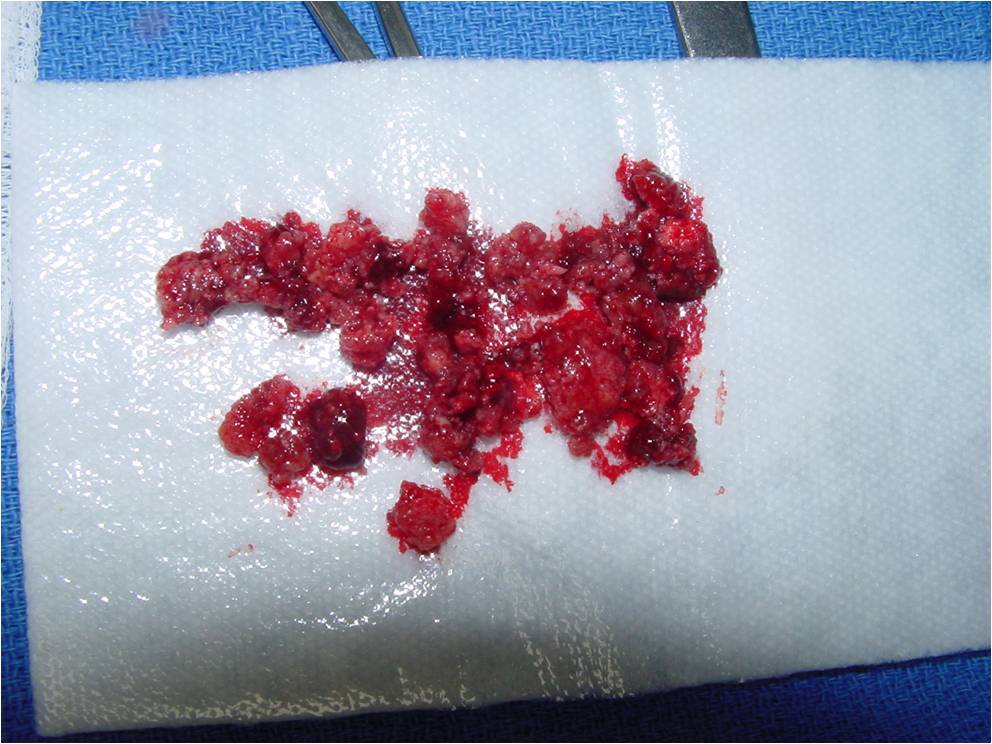What you need to know about a Chondroblastoma treatment
Contents
- 1 What you need to know about a Chondroblastoma treatment
- 2 What Does the Procedure Involve?
- 3 How Long Should You Stay in the Area?
- 4 How Long is the Recovery Time?
- 5 What Aftercare Should You Consider?
- 6 What is the Success Rate for a Chondroblastoma Treatment?
- 7 Are there Alternatives to a Chondroblastoma Treatment?
- 8 What Should You Expect Before and After the Procedure?
Chondroblastoma is a type of noncancerous bone tumor that starts in the cartilage – the smooth, resilient elastic tissue and padding that covers the ends of bones at the joints as well as a structural component of the nose, the ear, the rib cage, and many other parts of the body. Treatment for chondroblastoma may include surgical removal of the tumor, bone grafting, and reconstructions or replacement. The goal of the treatment is to remove the tumor and prevent damage to the affected bone.
What Does the Procedure Involve?
All surgeries are performed under general anesthetic, depending on the size and location of your tumor, your surgeon may remove the entire section of bone that contains the tumor or they may perform curettage, which is a procedure that uses special instruments to scrape the tumor out of the bone. After curettage, your doctor may perform a bone graft to fill the cavity and help stabilize the bone. The bone graft may be taken from a donor or another part of your body.

How Long Should You Stay in the Area?
You may be required to stay in the hospital for about 4 to 7 days after the surgery. Since you have to attend follow-up checkups because your surgeon will need to check your condition and remove your stitches, you may need to stay in the local area for about 14 days.
How Long is the Recovery Time?
It can take several weeks or months to recover from chondroblastoma treatment, but most people are able to resume some light activities as well as work within 4 to 8 weeks. It is important to consult your surgeon about the recovery timeline.
What Aftercare Should You Consider?
Your surgeon or care team will give you detailed instructions on diet, exercise, and restrictions. Physical therapy following surgery is a vital step to restore your function and strength. Since the tumor may recur, you will need to schedule regular follow-up checkups, but you can choose to do this with your local doctor.
What is the Success Rate for a Chondroblastoma Treatment?
The success rate of chondroblastoma treatment depends on your age, your overall health, as well as the size and location of the tumor. The success rate is high, but chondroblastoma may recur in approximately 10% of patients. Although the treatment is considered safe, there are several side effects and risks to be aware of, including blood clots, bleeding, infection, nerve injury, or allergic reactions to the anesthetic.
Are there Alternatives to a Chondroblastoma Treatment?
Most of the time, treatment for chondroblastoma involves surgery. However, your doctor may recommend cryotherapy or radiofrequency ablation as the alternatives if surgery is too risky and may lead to unacceptable complications. Make sure to talk to your doctor about all of your options.
What Should You Expect Before and After the Procedure?
Before chondroblastoma treatment, you may experience pain in your shoulder joint, hip, and knee. Also, your mobility may be impaired, stopping you from enjoying your life to the fullest. After the treatment, you may be cured and you may no longer experience any of the symptoms you felt before treatment.
For an in-depth analysis of a Chondroblastoma Treatment, watch this short video.
To check prices or to book a Chondroblastoma Treatment Procedure in Thailand or anywhere else in the world, head on over to MyMediTravel now!

